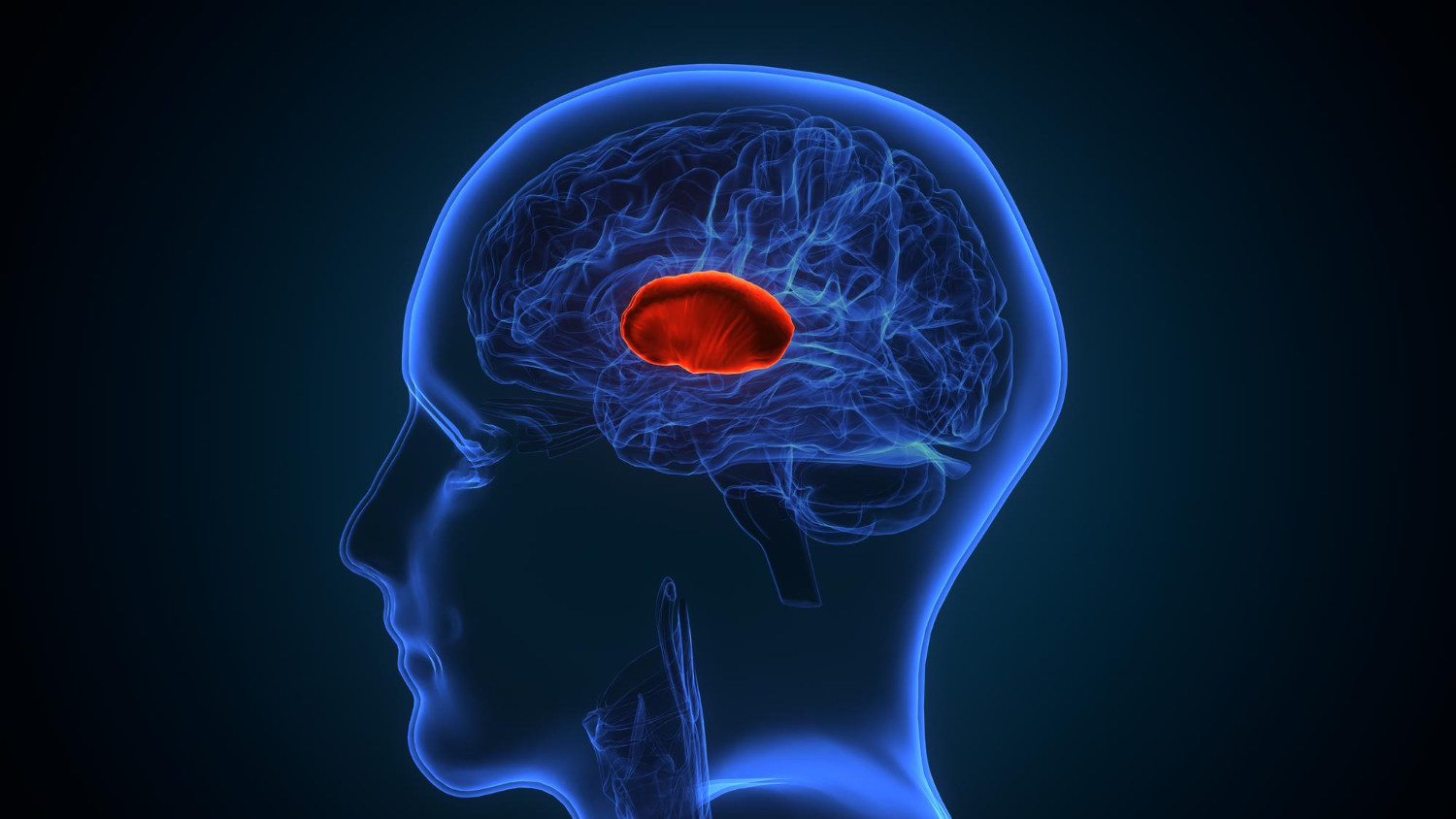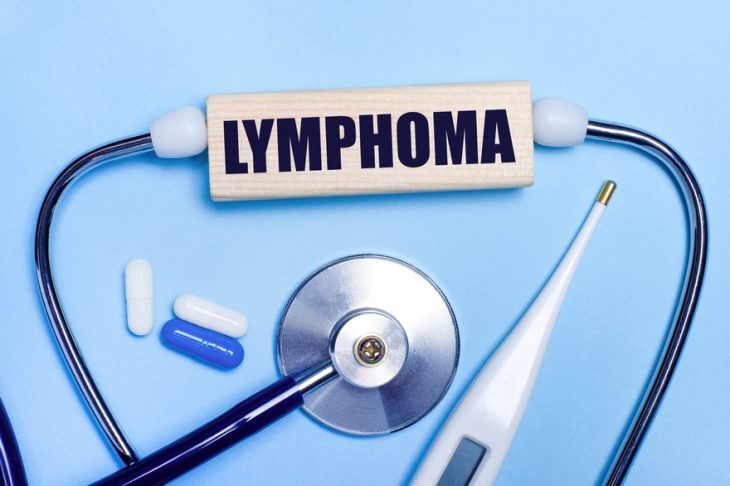
Brain Cancer: Symptoms, Treatment, and Hope
What is Brain Cancer?
Brain cancer refers to the presence of malignant tumours in the brain. These tumours can either start in the brain (primary brain tumours) or spread from other parts of the body (secondary or metastatic brain tumours).
Not all brain tumours are cancerous. Some are benign (non-cancerous), growing slowly and remaining localized. However, malignant tumours grow aggressively and can infiltrate healthy brain tissue, making treatment difficult.
Brain tumours are classified by grades (I to IV), with Grade I being the least aggressive and Grade IV being the most. Glioblastoma multiforme (GBM), a Grade IV tumour, is among the most aggressive and common primary brain cancers in adults.
Common Types of Brain Cancer
- Gliomas: These are the most common type of brain tumour, originating from glial cells that support neurons. Types include astrocytomas, oligodendrogliomas, and glioblastomas.
- Meningiomas: Usually benign, they grow in the membranes surrounding the brain.
- Medulloblastomas: Most commonly found in children, these are fast-growing tumours.
- Schwannomas: Typically benign, they grow on nerves.
- Metastatic Tumours: Cancers from other parts of the body, like lungs or breasts, that spread to the brain.
Signs and Symptoms of Brain Cancer
Here are the most common symptoms:
- Persistent or severe headaches, especially worse in the morning
- Nausea or vomiting not related to other illnesses
- Seizures, especially in someone with no history of epilepsy
- Vision problems – blurred or double vision
- Balance issues or difficulty walking
- Changes in personality or behaviour
- Memory issues or confusion
- Difficulty speaking or understanding speech
- Weakness or numbness in parts of the body
Brain Cancer Diagnosis
The cancer diagnosis includes:
- Neurological Exam: The neurologist checks reflexes, coordination, vision, and hearing.
- Imaging Tests: MRI (Magnetic Resonance Imaging) and CT scans can reveal abnormalities.
- Biopsy: A sample of tumour tissue is taken for lab analysis to determine the exact type and grade.
- Advanced Imaging: Techniques like PET scans or MR spectroscopy may be used in complex cases.
Treatment Options for Brain Cancer
Treatment for brain cancer includes:
- Surgery: If the tumour is accessible, surgical removal is often the first step. The goal is to remove as much of the tumour as possible without harming surrounding brain tissue.
- Radiation Therapy: High-energy beams are used to kill cancer cells. It’s often used after surgery or when surgery isn’t possible.
- Chemotherapy: Anti-cancer drugs are used to kill tumour cells. These may be administered orally or intravenously.
- Targeted Therapy: These drugs target specific abnormalities in cancer cells.
- Immunotherapy: A newer approach, this treatment helps the immune system recognise and destroy cancer cells.
- Supportive and Palliative Care: Helps manage symptoms and improve quality of life, particularly in advanced cases.
Living with Brain Cancer
- Multidisciplinary Care Teams: Patients benefit from a team of neurologists, neurosurgeons, oncologists, therapists, and counsellors.
- Support Groups: Speaking with others who are on a similar journey can provide comfort and perspective.
- Rehabilitation Services: Speech, physical, and occupational therapy can aid in recovery post-treatment.
- Nutrition and Lifestyle Guidance: Maintaining a healthy lifestyle supports overall well-being during treatment.


